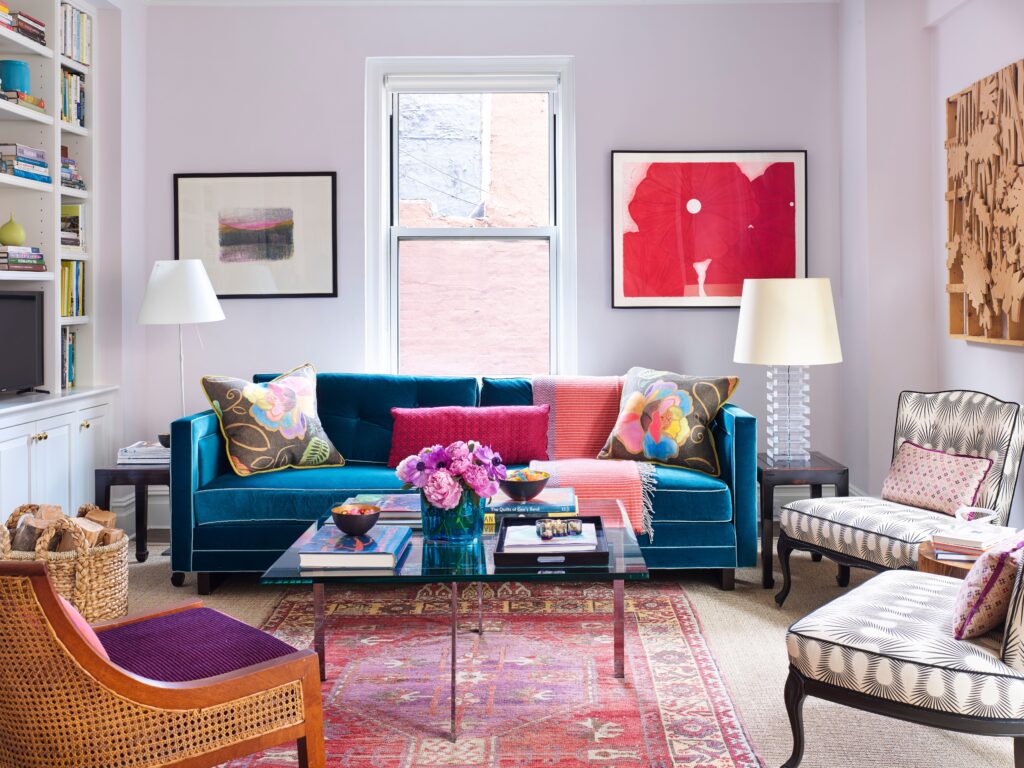The Color of the Year: Significance & Selection Process
The Color of the Year (COTY), a pivotal annual design trend, captures the essence of contemporary culture and inspires interior aesthetics. This concept blends empirical data, careful observation, and artistic vision, culminating in a hue that speaks to the societal mood of the time.
Defining the ‘Color of the Year’
The Color of the Year serves as a cultural touchstone, encapsulating the zeitgeist and sparking dialogues surrounding color in design. According to Sue Kim, Director of Color Marketing at Valspar, the COTY is envisioned as “a perfect harmony of art and science,” designed to resonate with consumers while reflecting broader global attitudes.
Experts note that the COTY extends its impact beyond mere aesthetic appeal. It acts as a guiding tool for homeowners and designers seeking fresh inspiration, facilitating the integration of new color combinations into living spaces. Banbury from HGTV Home by Sherwin-Williams emphasizes that their Color of the Year is representative of a comprehensive Color Collection, aimed at elevating both design and emotional resonance.
The Selection Process of Color of the Year
Choosing the Color of the Year is a meticulous process that often begins 1-2 years prior to the official announcement. This proactive approach incorporates extensive research and analysis, making it evident that COTY is not a hasty decision.
1. Trend Research
Leading color experts constantly monitor shifts across various sectors—fashion, media, technology, and more. Kim underscores the collaborative efforts of her team, which is essential in observing global lifestyle trends and understanding consumer expectations regarding color.
2. Data Analysis
Brand-related data plays a crucial role in the COTY selection process. This involves tracking production trends, assessing sales data, and evaluating consumer sentiment. Miller explains that as color forecasters, they amalgamate a variety of insights—ranging from sales figures to runway fashions—to predict emerging color trends, ensuring that the chosen hue resonates with consumers.
3. Predictive Insights
The selection process also employs predictive methodology to anticipate cultural relevance at the time of announcement. Banbury notes that understanding the need for calm and tranquility in homes, especially in response to external pressures, informed their 2025 Color Collection research.
Forecasting Future Colors
The continuous nature of color research ensures that trends are not just necessary for the present but are also adaptable for the future. Banbury points out that their teams remain vigilant of evolving design aesthetics, which influences slight shifts in keywords and design styles.
This careful examination allows companies to stay ahead of consumer desires. “We analyze trends collaboratively during the fall to synthesize our findings,” states Kim, providing insights into Valspar’s forward-thinking approach. As designers and retailers release their respective COTYs, similarities between hues may emerge, illustrating the interconnectedness of cultural narratives and designer intentions.
Conclusion
The Color of the Year classification is not merely about picking a fashionable shade. It combines artistry with scientific analysis, offering consumers a reflective snapshot of current and future trends. As Kim aptly puts it, this selection serves not just to inspire but also to actualize visions for homes, acting as a catalyst for creativity and innovation in interior design.


